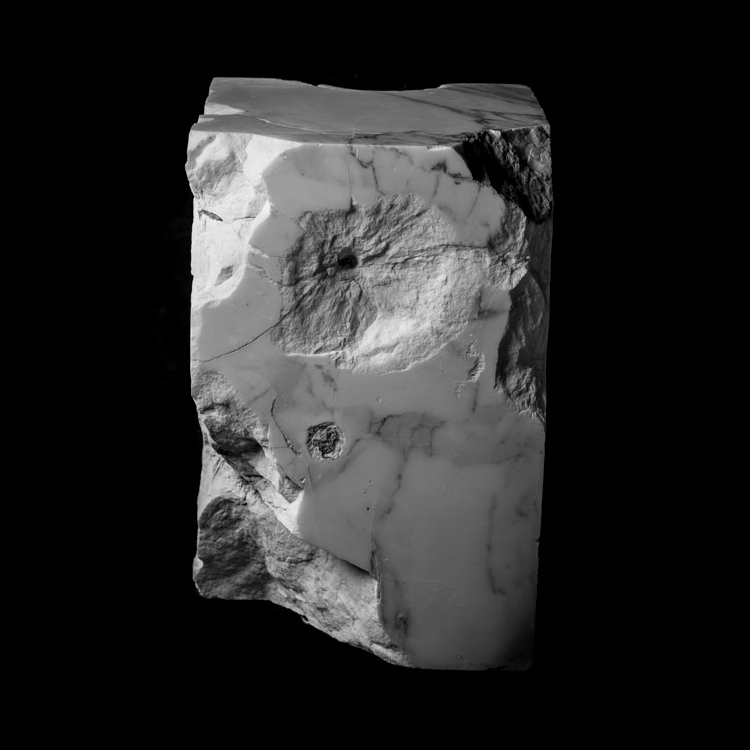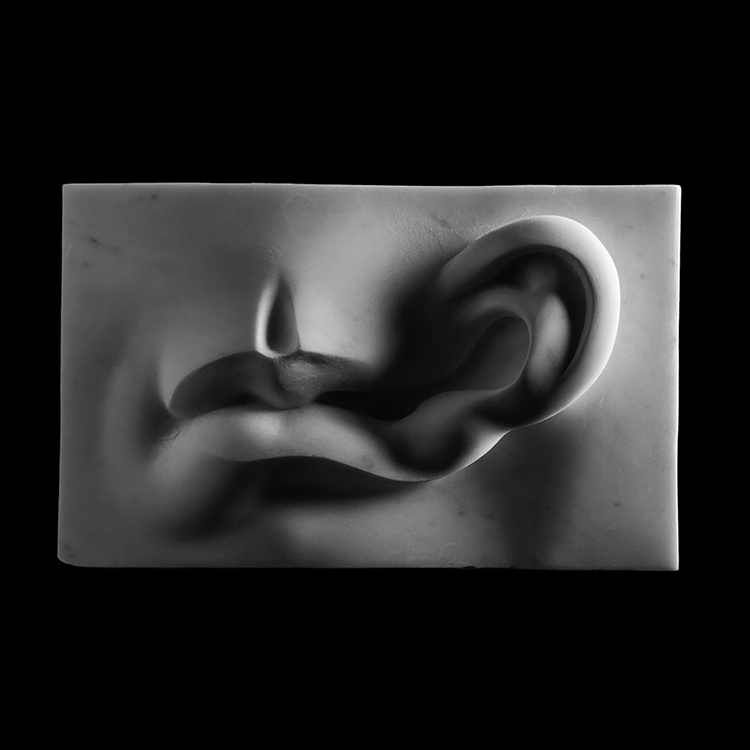Stone Talk
by Athar Jaber | 22 September 2024
It’s been about four months since my last newsletter, but I’m excited to be back. This time, instead of my usual list of five things, I’m sharing something different: since many invitations to participate in stone carving symposiums have been coming in, I decided to share my thoughts on them and why I choose not to participate.
Here’s what I’ve been reflecting on.
Why I choose not to participate in stone carving symposiums
Over the past few months, I’ve received numerous invitations to participate in stone carving symposiums around the world. While I am honored by these invitations, I feel compelled to explain why I consistently choose not to take part in them.
Stone carving symposiums are events where sculptors from various parts of the world gather to create stone sculptures in a public setting, often within a limited timeframe. These events are designed to promote artistic exchange, engage local communities, and often result in the creation of monumental artworks displayed in public spaces. They undoubtedly play a significant role in promoting the sculptural arts, making them accessible and engaging for a broader audience. But artists work under time constraints, typically in front of an audience, making the process both a performance and a creative endeavor.
As a sculptor who works predominantly in stone, I have a deep respect for the material and the process it requires. Stone carving is an ancient art form that fosters a profound relationship between the artist and the material. It demands immense patience, precision, and time, qualities that cannot be rushed. Each block of stone has its own unique properties, and the sculptor must work with those properties, carefully revealing the forms that lie within. In this regard, I believe the nature of stone carving is fundamentally incompatible with symposiums, which operate under strict timelines and create an environment that prioritizes fast production over deep exploration.
The Nature of Stone Carving vs. The Nature of Symposiums
Stone carving is a slow, meditative process. It’s about engaging with the stone over time, understanding its limits, and making thoughtful decisions that guide the final form. This process requires patience and reflection, as each decision made is permanent. In this slowness, the integrity of the work is preserved.
I am not opposed to innovation or new approaches, on the contrary. However, I feel that these innovations should still honor the nature of the material and allow for the depth that stone carving is capable of achieving. Symposiums, however, impose tight deadlines, forcing sculptors to prioritize speed over artistic depth. This approach transforms stone carving into a performance, where artists are expected to “produce” rather than “create.” Such a setting compromises the thoughtfulness that stone carving demands.
While some artists may adapt to these constraints, I believe the true potential of stone carving is realized when artists have the freedom to work at a slower pace, allowing for a more profound artistic journey.
Repetitive Aesthetics and the Rise of Abstract Decoration
Another issue with symposiums is the repetitive aesthetic outcomes they tend to produce. The time constraints often push artists toward simpler, abstract designs that can be executed quickly. While abstract sculpture has its value and some artists may thrive in these settings, the dominance of this form in symposium leads to a homogenized aesthetic, where many works fall into similar categories of decorative abstraction, lacking the individuality and depth that longer, more reflective processes can achieve.
This trend not only limits the diversity of the sculptures but also reduces stone carving to something purely decorative. Instead of exploring complex narratives or symbolic meanings, artists are often compelled to create visually striking but less meaningful pieces. The focus on decoration over deeper content does a disservice to both the artist and the audience.
The Commodification of Sculpture
Symposiums also commercialize the creative process in ways that are concerning. In traditional stone carving, the artist works privately, engaging deeply with the material and the ideas behind the work. In many symposiums, however, this process becomes a public performance, with the artist working under the gaze of spectators and event organizers. This shift from private creation to public spectacle can divert attention away from artistic exploration and towards entertainment.
The pressure to perform publicly and within a limited time often leads artists to compromise on their vision, focusing on what can be delivered quickly and impressively rather than what is deeply meaningful. In this context, stone carving becomes commodified, and the focus shifts from introspection to spectacle. This environment undermines the reflective qualities essential to meaningful sculpture and contributes to a culture that values speed and visibility over thoughtful creation.
Conclusion
While stone carving symposiums offer opportunities for artistic exchange and public engagement, I believe they fundamentally misunderstand the nature of stone carving. The pressures of time, the repetitive aesthetics, and the commodification of the process are all factors that lead me to decline participation in these events.
For me, stone carving is a slow, deliberate, and personal process—one that cannot be rushed or compromised for the sake of deadlines or public spectacle. I don’t wish to criticize those who participate in symposiums or diminish their value, but for my practice, I believe the art of carving stone requires time, patience, and a deep connection with the material.
That said, symposiums need not be at odds with stone carving. I invite organizers to consider adapting their formats to better accommodate the needs of different sculptors. Extending the duration of symposiums, perhaps to two months or more, would give artists the time needed to engage more deeply with the stone and create more thoughtful, complex work. Additionally, not all sculptures need to be monumental; smaller, more intimate works could offer greater depth, focus on detail, and be more suited to the short time constraints of symposiums. By rethinking the structure of these events, symposiums could foster artistic integrity while providing meaningful public engagement.
Finally, restructured symposiums present an opportunity to educate the public about the true nature of stone carving. By helping audiences understand the patience and introspection involved, symposiums could evolve to honor the craft’s integrity rather than pushing for quick, monumental results.
Q&A
Do you have specific question around sculpture and stone carving? Submit your question here below and I’ll do my best to answer it in one of the next Stone Talk Newsletters.
Thanks for taking the time to read my perspective. Feel free to share it with someone who might be interested in the topic, and until next time,
Athar
Join the talk
On Sundays, at irregular intervals, I send out Stone Talk, a newsletter where you’ll find tips and recommendations on things I believe are worth watching, listening, reading, visiting or exploring. All related to (stone) sculpture and stone carving.
The newsletter is also a great way to stay updated with my artistic activities such as exhibitions, new works, limited editions, publications, as well as my educational activities such as courses, workshops, lectures, tutorials and much more.
If you wish to subscribe to Stone Talk, please fill in the form.
































